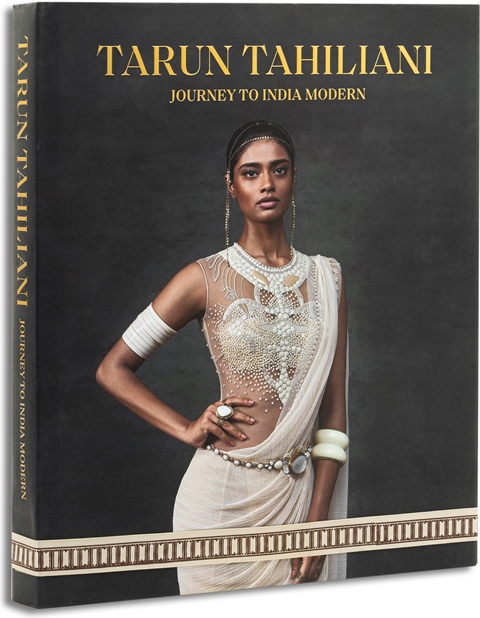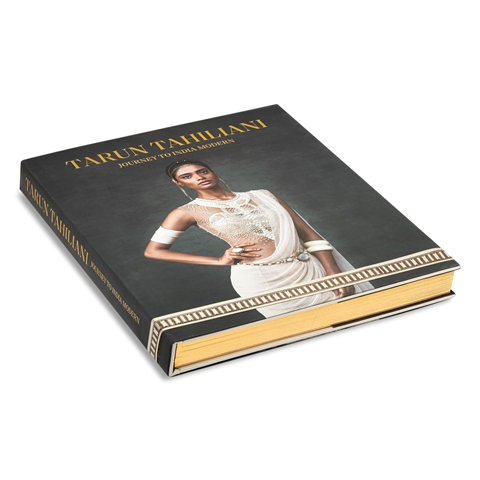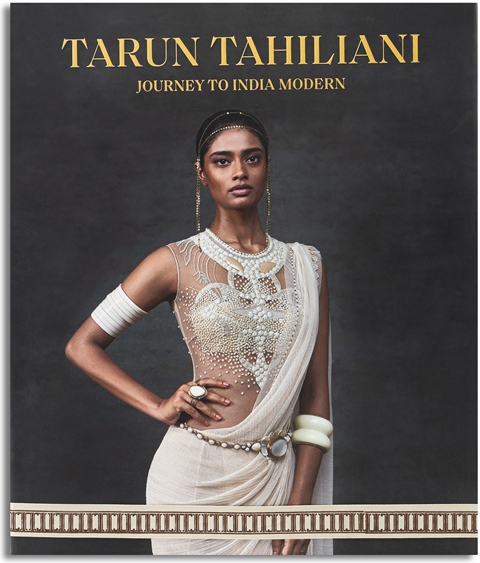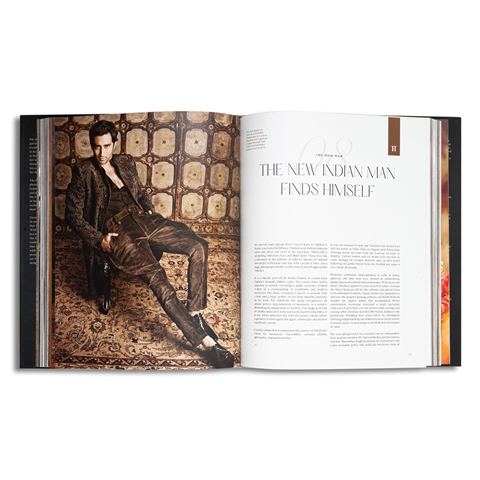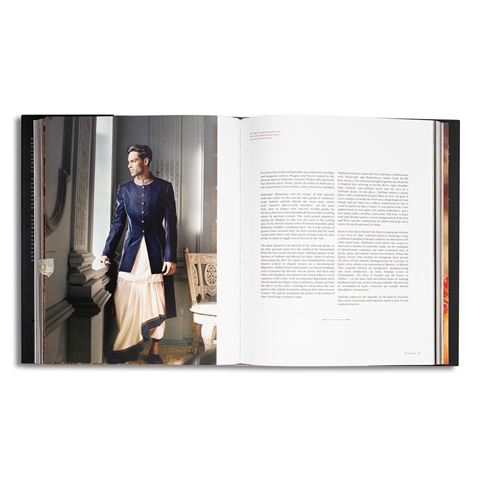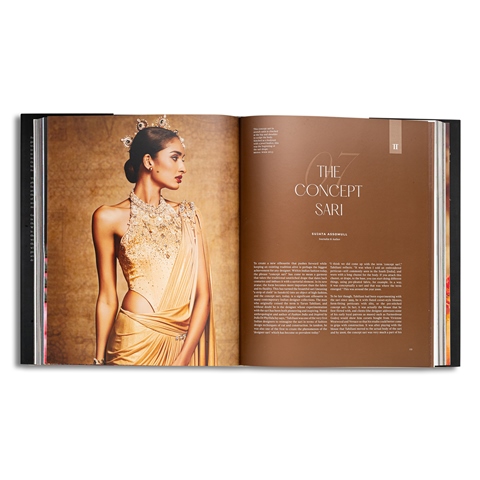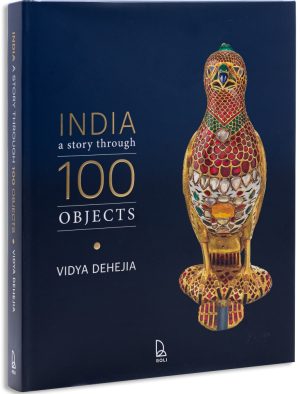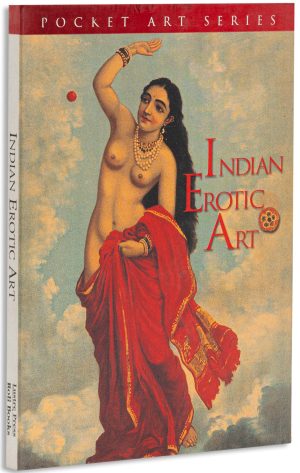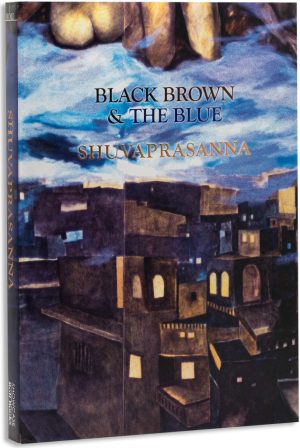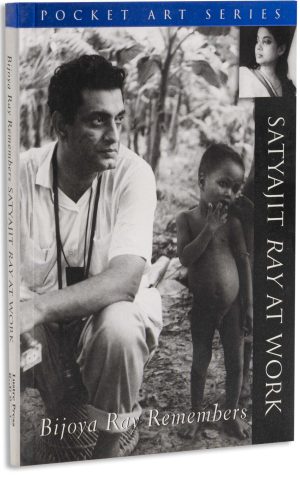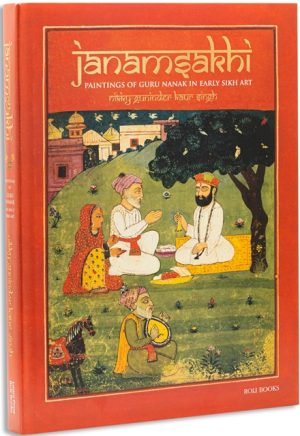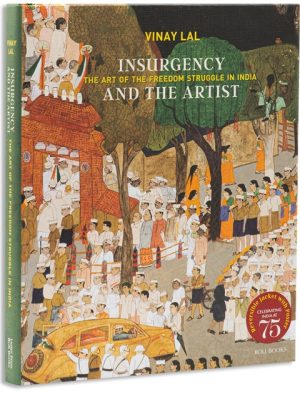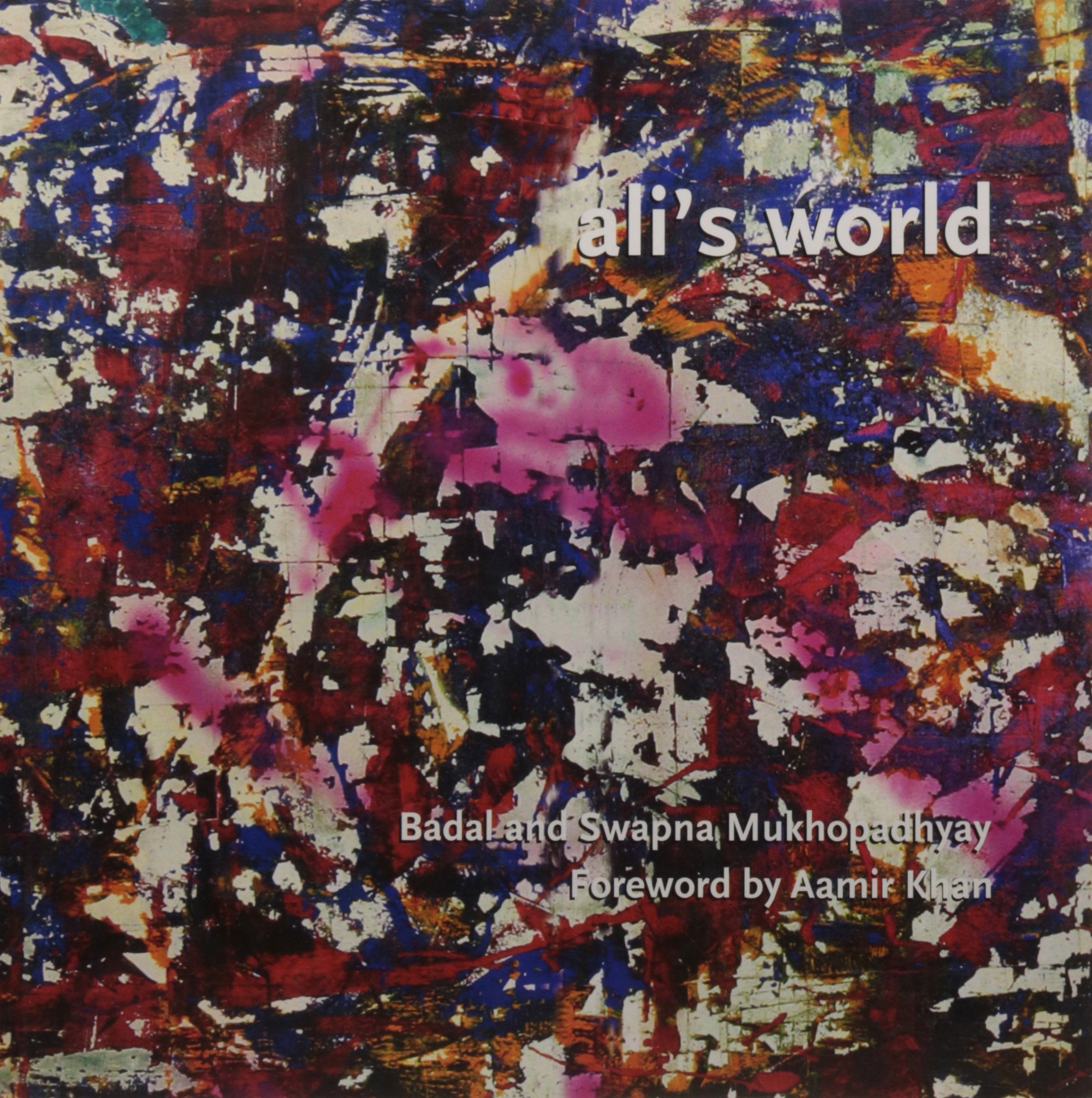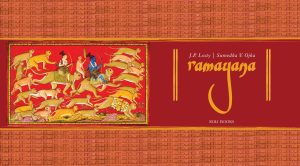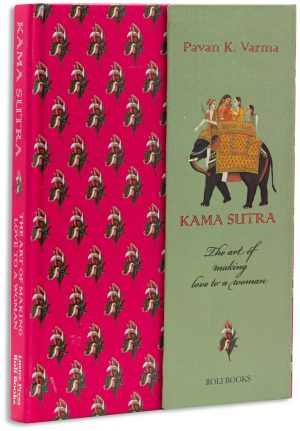Authors
-
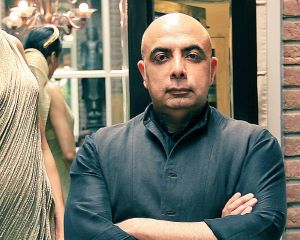
Born in Bombay, Tarun Tahiliani studied at the Doon School and pursued an MBA from the Wharton School of Business. In 1987, he co-founded Ensemble with his wife Sailaja—a multi-designer boutique that introduced the concept of luxury retail. The racks featured four Indian and one American designer, along with his own label, Ahilian.
In 1990, Tahiliani enrolled at the Fashion Institute of Technology, New York. After shuttling between the US and India for four years, he returned invigorated. During this time, he also held his first solo show in London in 1994 where he was touted as the ‘Karl Lagerfeld of India’ by fashion editor, Isabella Blow. In 1995, he moved to Delhi and founded the Tarun Tahiliani Design Studio. Today the atelier in Gurugram, houses a trusted team of hundreds of designers, master-craftsmen, tailors, drapers, and seamstresses.
With great influence in the industry, Tahiliani, along with others came together to form the Fashion Design Council of India (FDCI) in 1999 and paved the way for India’s very own Fashion Week-cum-trade show. In 2003 he became the first Indian designer to showcase at Milan Fashion Week.
Beyond fashion, Tahiliani has tapped into the world of architecture and interior design. This passion for design is reflected strongly in all his stores across the country. In 2021, the House of Tarun Tahiliani and the Aditya Birla Fashion and Retail Ltd launched ‘Tasva’, a more affordable alternative to celebratory menswear. -
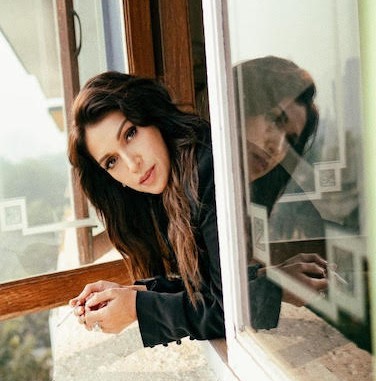
Alia Allana is an investigative journalist at Object, a narrative journalism magazine. As a crime reporter, she has reported from prisons, and covered conflicts across the globe. While her entry into fashion writing began as a cub reporter, it crystalized into a deeper enquiry on attire through a study of Tarun Tahiliani’s famed dhoti-sari. Since then, she has explored the challenges faced by artisans, the threat posed by industrialization to a craft-rich country such as India and the environmental consequences of fast fashion.
Allana’s fashion reportage sits on intersection of society, culture, and development with the aim of presenting a sociological context to what we wear and how we wear it.

